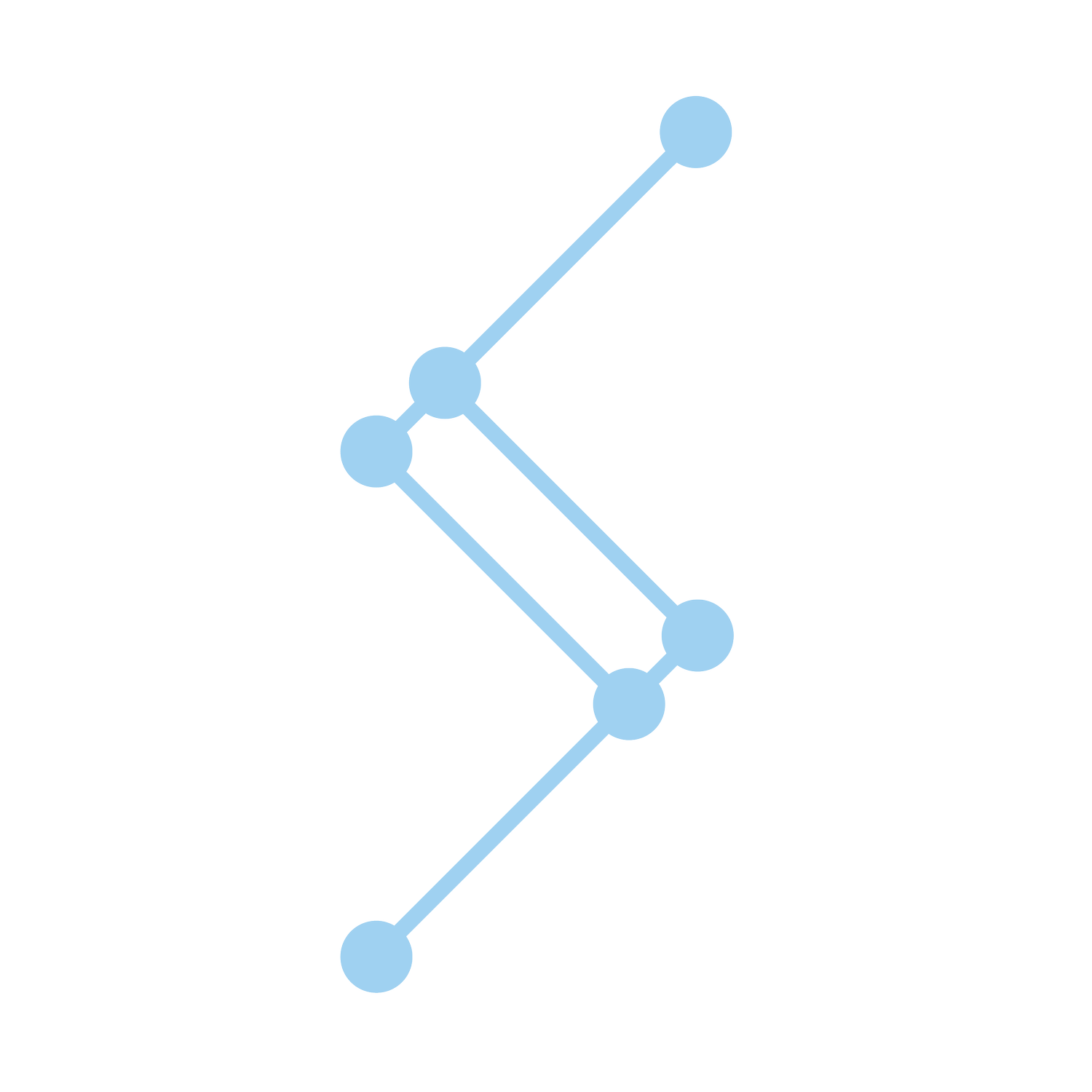in the hands of whiteness & colonization, ancient to postmodern astrology have been desecrated by heteronormativity & the gender binary. this is true for houses, planets, signs, etc. but is never more obvious than in the realms of synastry, which is the analysis of the relationship between two charts, between two people. synastry is most often used to asses the “compatibility” of romantic relationships, but is actually a useful tool for relationships of any kind. however, within heteronormative culture the premise of astrological compatibility is often based on how well two individuals within a monogamous relationship are performing their planets through their assigned gender roles or vice versa— performing their gender through their planetary placements.
the overlapping of gender onto the (inadequate) measure of compatibility is a deeply violent practice. not only is it wildly inaccurate & exclusionary of queer folx to assign gender to planets or planets to gender (it can be fun/queer in contexts of agency), it is an extremely limiting lens with which to explore a chart or the relationship between charts which is ultimately the relationship between beings, human or planetary. astrology cannot be (even as it already has been) constrained by constructs.
astrology is a means of cultivating a relationship to self outside of the kyriarchy—the intersecting structures, systems, & machinations of oppression. binaries have no place in a frame of reference so complex, nuanced, & infinitely evolving. therefore, the aggressive relationship of whiteness to astrology is a threat to the ubiquitous nature of the tool & more importantly, a threat to queer folx & unconventional relationships.
within this critique of heteronormativity infiltrating astrology & impacting the accessibility of synastry analysis for queer & non-monagomous folx, is a critique of the measure of compatibility itself (as it is present in traditional astrological texts & new media). aside from being so intertwined with gender constructs, centering static concepts of astrological compatibility leaves little room to actually evaluate the level of self-awareness, willingness to communicate, & areas for growth present in an individual and their relationship to another person. this is tragic because those factors are essential functions to healthy, satisfying, & evolving relationships.
compatibility can be a useful way of understanding the dynamics of two planets or people objectively, but is an insufficient inquiry within the subjectivity of a relationship because of the presence of free-will. two charts can be technically incompatible yet the relationship itself can be thriving. this indicates that it is infinitely more important how individuals choose to engage in relationship, self-awareness, and a praxis of love than whether their Mars is square someone else’s Venus or that their ex was a gemini & it didn’t end well so it must be true that gemini & their Sun sign could never work.
this is not to imply that astrology isn’t limitless or applicable to almost everything, but that its application becomes limited within a static & heteronormative analysis of compatibility. there is so much more that could be said about the conflation of Sun sign compatibility with synastry itself & even the importance of the composite chart (a more complex method of evaluating synastry) but we can have those conversations another time.
in conclusion, planets don’t have genders, heteronormativity is toxic, & astrological compatibility is a framework of understanding that should not be given the power to constrain your relationships or absolve you or anyone else of the response-ability to change, shape, & be true to what you need while learning how to honor the needs of others. because even in genuine dynamics of compatibility or the lack thereof, choice is always present.
you can schedule a synastry reading here. this will give you information about your astrological dynamics within a relationship; it is not a reading of the other person.
